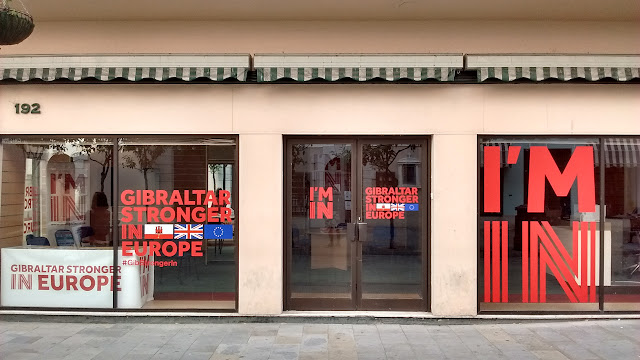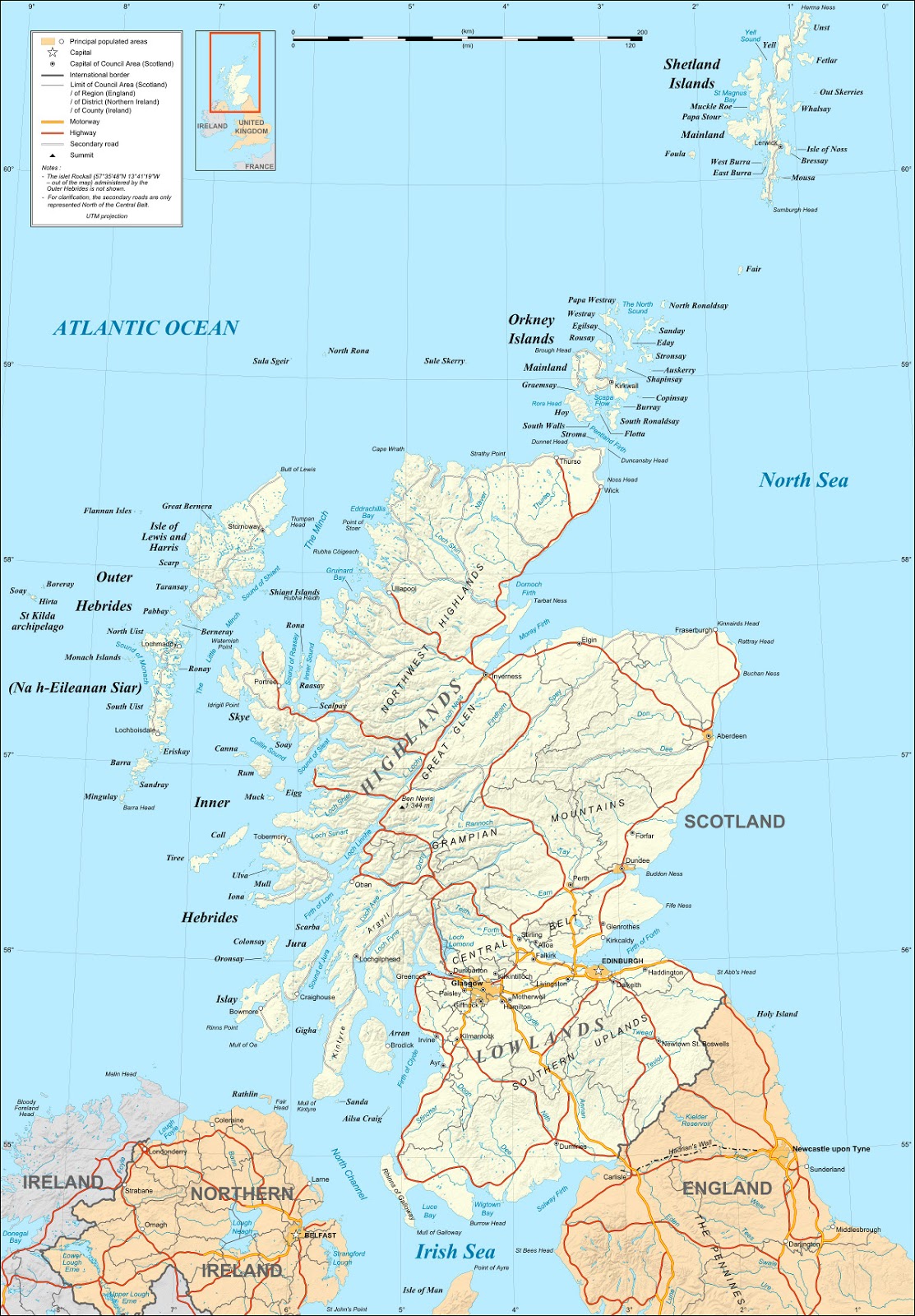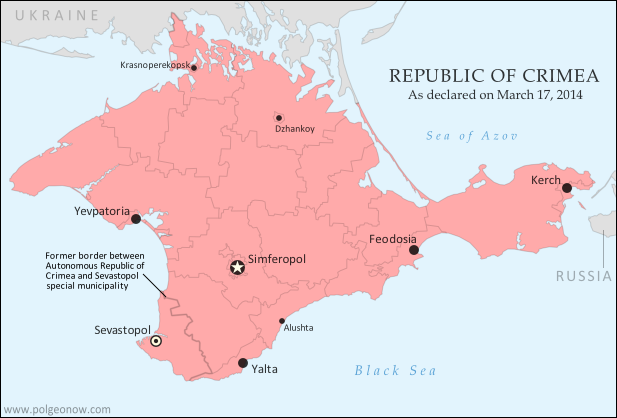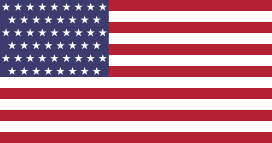Update 2016-06-24: Gibraltar on Thursday voted in favor of the UK staying in the European Union, by an incredible margin of 96% to 4%. However, the UK as a whole voted to leave the EU, meaning that Gibraltar can expect to get pulled out with it, against the wishes of the Gibraltarians.
Subscribers click here to view this article in the ad-free members area. Not a member yet? Learn about PolGeoNow subscriptions!
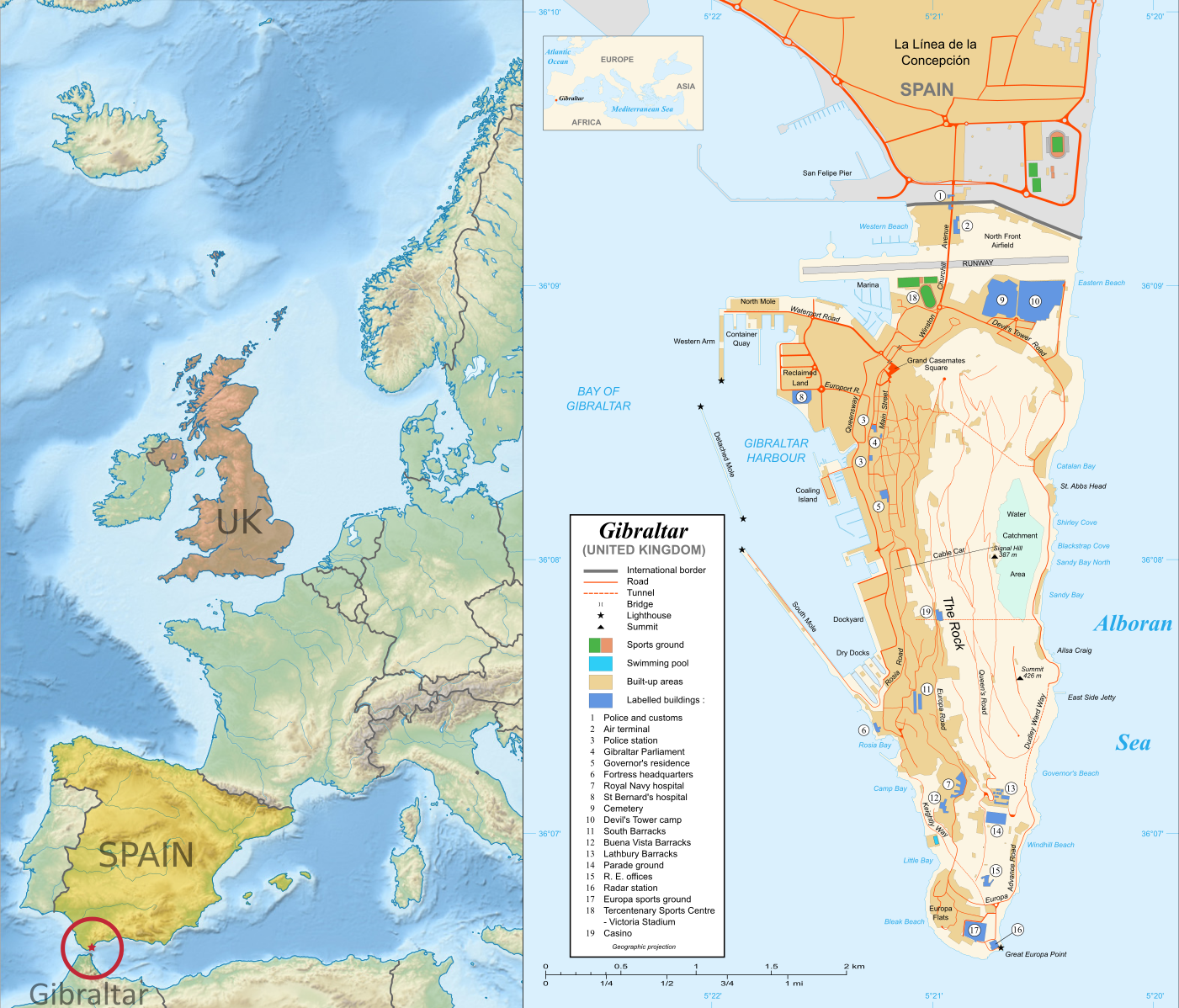 |
| Right: Map of Gibraltar by Eric Gaba (source; CC BY-SA) Left: Gibraltar's location in Europe (based on this Wikimedia Commons map by TUBS; CC BY-SA) |
Last month, PolGeoNow's Evan Centanni and Meihsing Kuo visited the small British territory of Gibraltar (pronounced "jih-BRALL-ter"), one month ahead of the UK's referendum on whether to leave or remain in the European Union (EU).
Gibraltar, a tiny peninsula connected to Spain - and claimed by the Spanish government - is the only British overseas territory that's part of the EU. It's also the only external territory whose residents are eligible to vote in the so-called "Brexit" referendum without living in the UK proper. ("Brexit" is an abbreviation for "British exit" from the EU.)

